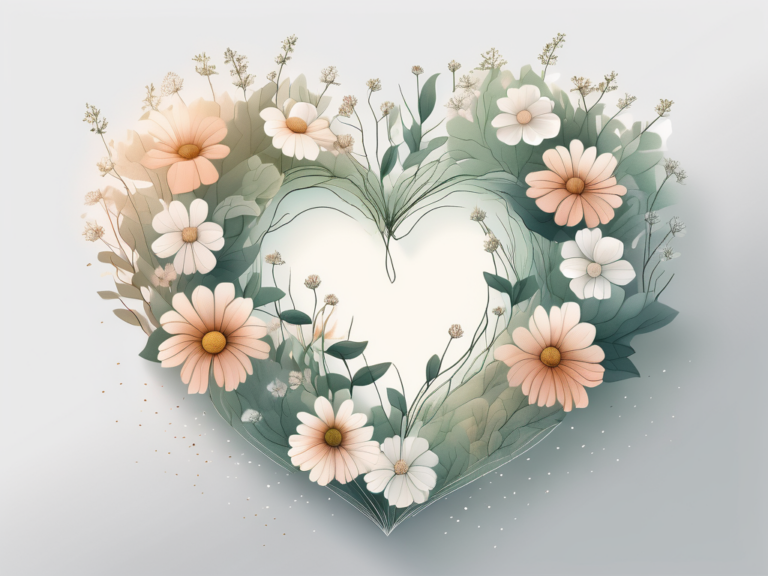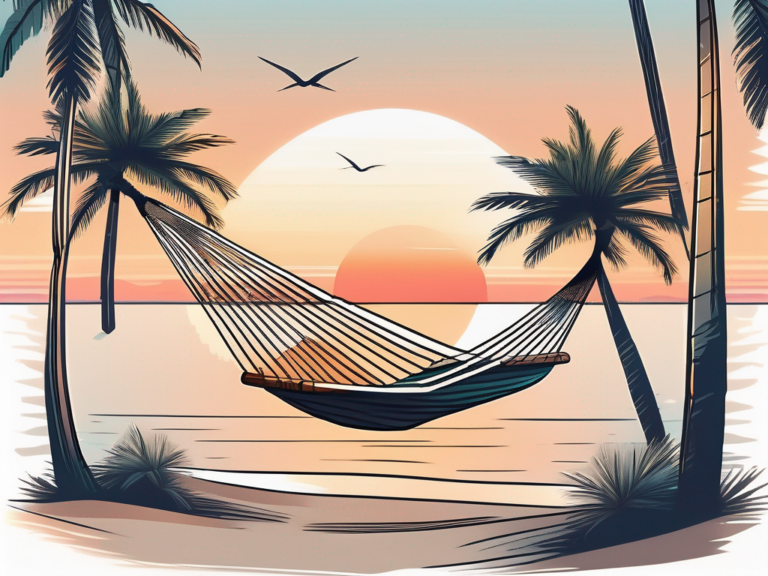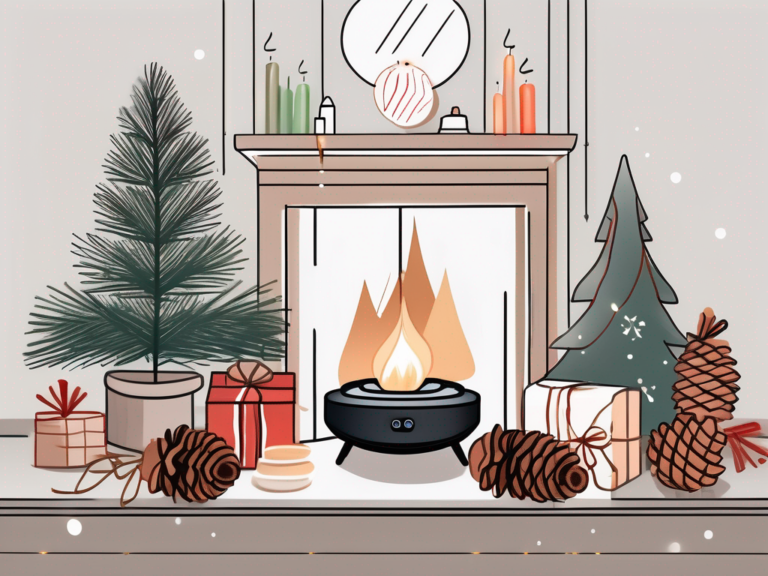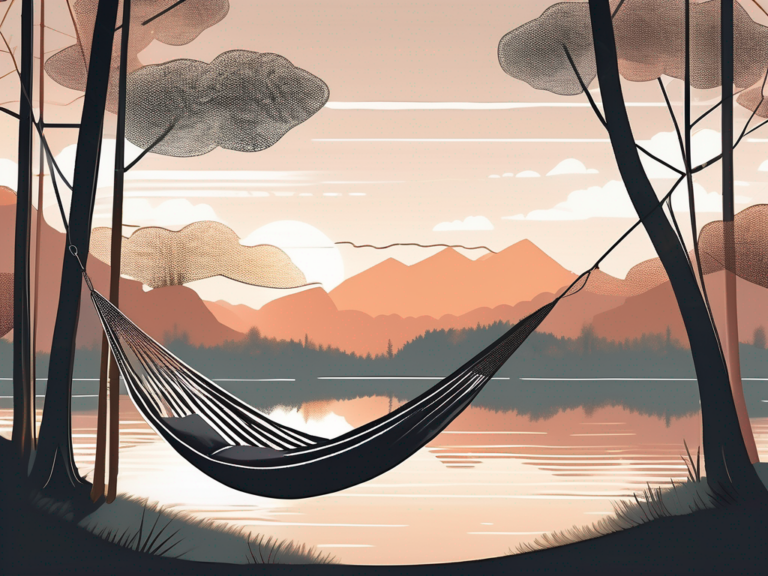Unleashing the Artistic Chaos: Exploring the World of Chaos Painting
Are you tired of traditional painting techniques? Do you long for a form of artistic expression that breaks all the rules? Look no further than chaos painting, an exciting and liberating art form that challenges the boundaries of creativity. In this article, we will delve into the world of chaos painting, exploring its concept, evolution, techniques, impact, and future. So strap in and get ready for a wild ride through the realm of artistic chaos!
Understanding the Concept of Chaos Painting
Chaos painting is not just about random brushstrokes and splashes of color on a canvas. It is a philosophical approach to art that embraces randomness, unpredictability, and the beauty of imperfection. The essence of chaos painting lies in surrendering control and allowing the creative process to unfold organically. By embracing chaos, artists tap into their subconsciousness, releasing raw emotions and exploring uncharted territory.
The Philosophy Behind Chaos Painting
At the heart of chaos painting is the belief that order and beauty can emerge from chaos. It challenges the traditional notion of aesthetics and encourages artists to break free from convention. By embracing chaos, artists reject the notion that art must be neat, precise, and easily understandable. Instead, they celebrate the abstract and the undefined, inviting viewers to interpret their work in their own unique way.
Key Characteristics of Chaos Painting
Chaos painting is characterized by its spontaneity, energy, and expressive power. The use of bold colors, drips, and textures adds layers of depth and complexity to the artwork. The absence of constraints allows artists to explore different techniques and experiment with various materials. Each piece becomes a visual narrative, representing the artist’s emotions and experiences in a raw and unfiltered form.
Within the realm of chaos painting, artists find liberation from the constraints of traditional artistic practices. They revel in the freedom to let their intuition guide their brushstrokes, embracing the element of surprise that comes with relinquishing control. This approach not only challenges the artist’s own preconceived notions but also invites viewers to step outside their comfort zones and engage with the artwork on a deeper level.
Furthermore, chaos painting encourages artists to embrace mistakes and accidents as opportunities for growth and discovery. Rather than seeing imperfections as flaws, chaos painters view them as integral parts of the creative process. These “happy accidents” often lead to unexpected outcomes and serve as catalysts for new artistic directions. By embracing the unexpected, chaos painters open themselves up to endless possibilities and allow their work to evolve organically.
The Evolution of Chaos Painting
The roots of chaos painting can be traced back to the early 20th century, where artists began to challenge the traditional concepts of art. Let’s explore the origins and early influences that gave birth to this revolutionary form of expression.
But what exactly is chaos painting? It is a style of abstract art that embraces spontaneity, gestural brushstrokes, and the rejection of representation. It is a form of artistic expression that breaks free from the confines of traditional art, allowing artists to explore the depths of their creativity.
Origins and Early Influences
One of the early pioneers of chaos painting was the abstract expressionist movement of the 1940s and 1950s. Artists like Jackson Pollock and Willem de Kooning embraced spontaneity and rejected the confines of representation. Their bold and gestural brushstrokes became iconic, paving the way for the chaos painting movement.
Pollock, in particular, revolutionized the art world with his unique technique of pouring and dripping paint onto the canvas. He would lay the canvas on the floor and move around it, pouring and dripping paint from above. This method allowed him to create intricate and dynamic compositions that captured the essence of chaos and movement.
De Kooning, on the other hand, explored the human form in his chaotic paintings. His works often depicted fragmented figures, distorted and abstracted, capturing the raw emotions and energy of the human experience. His use of bold brushstrokes and vibrant colors added to the intensity and chaos of his paintings.
Modern Developments and Innovations
As time went on, chaos painting continued to evolve and incorporate new techniques and ideas. Artists began experimenting with different materials, such as pouring and dripping paint, utilizing unconventional tools, and even incorporating elements of chance into their work. The chaos painting movement gained momentum and influenced other art forms, such as performance art and installation art.
Artists like Yves Klein took chaos painting to new heights by incorporating performance into their artistic practice. Klein famously created his “Anthropometry” series, where he used nude models as “living brushes” to create paintings. The chaotic and unpredictable movements of the models added an element of chance and spontaneity to the artwork, blurring the lines between the artist and the artwork itself.
Another significant development in chaos painting was the introduction of mixed media. Artists began incorporating various materials, such as collage elements, found objects, and even digital media, into their chaotic compositions. This expansion of materials allowed for even greater experimentation and exploration within the chaos painting movement.
Today, chaos painting continues to thrive as artists push the boundaries of what is possible. It remains a powerful and expressive form of art, allowing artists to tap into the depths of their creativity and embrace the beauty of chaos.
Techniques and Tools in Chaos Painting
Being an artist in the chaos painting realm requires a certain set of techniques and tools to bring your vision to life. Let’s explore the commonly used materials and unique techniques that artists employ to create chaos art.
Commonly Used Materials
In chaos painting, artists often use acrylic paints due to their vibrant colors and quick drying time. The versatility of acrylic paints allows artists to experiment with different techniques and achieve various effects. Additionally, other materials like spray paint, oil sticks, and collage elements are frequently incorporated to add texture and depth to the artwork. The combination of these materials creates a multi-dimensional experience for both the artist and the viewer.
When it comes to brushes, chaos artists often opt for unconventional tools such as palette knives, sponges, and even their bare hands. These tools allow for more spontaneous and expressive mark-making, contributing to the dynamic and energetic nature of chaos art. By embracing these unconventional materials and tools, artists can push the boundaries of chaos painting even further, creating truly unique and captivating pieces.
Unique Techniques in Creating Chaos Art
One of the unique techniques in chaos painting is the “pouring” method, where artists pour or drip paint onto the canvas, allowing it to flow and mingle freely. This technique creates mesmerizing patterns and unexpected interactions between colors. The artist relinquishes control and embraces the element of chance, resulting in a captivating visual dance of colors and shapes.
Another technique is the “dripping” method, popularized by the legendary Jackson Pollock. With this technique, paint is dripped or flung onto the canvas, creating a sense of movement and energy. The artist becomes a conductor, orchestrating the paint as it dances across the surface, leaving trails of vibrant color in its wake. This technique not only captures the essence of chaos but also invites the viewer to explore the artwork from different angles, discovering new details with each gaze.
Furthermore, chaos artists often employ techniques such as “splattering,” “sponging,” and “scraping” to add layers of complexity and visual interest to their work. These techniques involve the use of various tools and materials to create unique textures and patterns. The artist’s intuition and spontaneity play a crucial role in the creation process, as they respond to the evolving composition and make decisions in the moment.
By embracing these unique techniques and materials, chaos artists are able to break free from traditional painting practices and explore new realms of creativity. The process itself becomes an adventure, as the artist navigates the chaos, allowing their vision to emerge organically. The result is a body of work that captivates the senses and invites the viewer to immerse themselves in the vibrant world of chaos painting.
The Impact of Chaos Painting on Contemporary Art
Chaos painting has not only left its mark on the art world but has also had a profound influence on other art forms. Let’s explore how chaos painting has influenced and shaped contemporary art.
Chaos Painting’s Influence on Other Art Forms
Chaos painting’s unorthodox approach has inspired artists across different disciplines. Its emphasis on intuition and spontaneity can be seen in music, dance, and even literature. For example, musicians have adopted the principles of chaos painting, experimenting with unconventional sounds and structures to create music that evokes a sense of unpredictable energy and raw emotion. Similarly, dancers have incorporated chaos painting’s spirit of improvisation into their performances, embracing the unpredictable and allowing their bodies to move freely in response to the music.
Furthermore, chaos painting has influenced the creation of multimedia art, where artists combine different mediums to create immersive and thought-provoking experiences. By blending painting, sculpture, video, and sound, artists are able to engage the viewer on multiple sensory levels, creating a dynamic and interactive encounter. This multidisciplinary approach has opened up new avenues for artistic expression, challenging traditional notions of what art can be.
The Role of Chaos Painting in Modern Art Movements
Chaos painting has played a significant role in shaping modern art movements. It has pushed the boundaries of abstract expressionism, paving the way for new forms of artistic expression. Artists who were influenced by chaos painting began to explore the possibilities of performance art, using their bodies as a canvas and incorporating elements of unpredictability and spontaneity into their performances. This shift towards performance art challenged the notion of art as a static object, emphasizing the importance of the artist’s presence and the ephemeral nature of the artwork.
In addition to performance art, chaos painting has also contributed to the rise of art movements like neo-expressionism and street art. Neo-expressionist artists embraced chaos painting’s emphasis on raw emotion and gestural brushwork, creating bold and expressive works that captured the intensity of the human experience. Street artists, inspired by chaos painting’s rebellious spirit, took to the streets to create art that challenged the traditional confines of the gallery space, using public walls as their canvas to make powerful social and political statements.
The freedom and authenticity inherent in chaos painting have paved the way for new artistic possibilities, challenging established norms and inspiring countless artists to explore their own creative chaos. As chaos painting continues to evolve and influence contemporary art, its impact will undoubtedly be felt for years to come.
The Future of Chaos Painting
As chaos painting continues to captivate artists and audiences alike, the future holds exciting prospects for this unique art form. Let’s take a look at the emerging trends and the potential of chaos painting in the digital age.
Emerging Trends in Chaos Painting
With the advancements in technology, chaos painting has found new avenues of expression. Artists are now exploring the fusion of chaos painting with digital art, creating mesmerizing and interactive visual experiences. By harnessing the power of algorithms and computer-generated randomness, chaos painters are able to create intricate and unpredictable patterns that captivate the viewer’s imagination.
Furthermore, collaborative chaos painting projects have gained popularity, allowing artists from different parts of the world to come together and create collectively. Through online platforms and virtual collaboration tools, artists can now connect and share their chaotic visions, resulting in artworks that reflect a diverse range of perspectives and styles. This collaborative approach not only expands the possibilities of chaos painting but also fosters a sense of community among artists who may have never met in person.
The future of chaos painting is boundless, with artists constantly pushing the boundaries and discovering new ways to unleash their artistic chaos. From experimenting with unconventional materials to incorporating unconventional techniques, chaos painters are continuously evolving and challenging the traditional notions of art.
The Potential of Chaos Painting in the Digital Age
The digital age has opened up endless possibilities for chaos painting. Artists can now experiment with digital brushes and virtual canvases, enabling them to explore new techniques and create works that were once unimaginable. The accessibility of digital platforms has also provided a global stage for chaos painters, allowing their creations to reach audiences far and wide.
With the rise of virtual reality and augmented reality technologies, chaos painting has the potential to transform into immersive experiences. Imagine stepping into a virtual gallery where chaos paintings come to life, swirling and morphing in front of your eyes. The digital realm offers the opportunity to push the boundaries of perception and create multisensory experiences that engage not only the visual senses but also sound, touch, and even smell.
As technology continues to advance, the potential for chaos painting to thrive in the digital realm is truly limitless. Artists can explore new tools, experiment with different mediums, and collaborate with experts from various fields to create groundbreaking works that challenge our understanding of art.
So there you have it, a journey into the enthralling world of chaos painting, where beauty arises from disorder, and creativity knows no boundaries. Whether you are an artist looking to break free from tradition or an art enthusiast seeking new forms of expression, chaos painting offers an exhilarating experience that will ignite your imagination. Embrace the chaos and unleash your inner artist!






